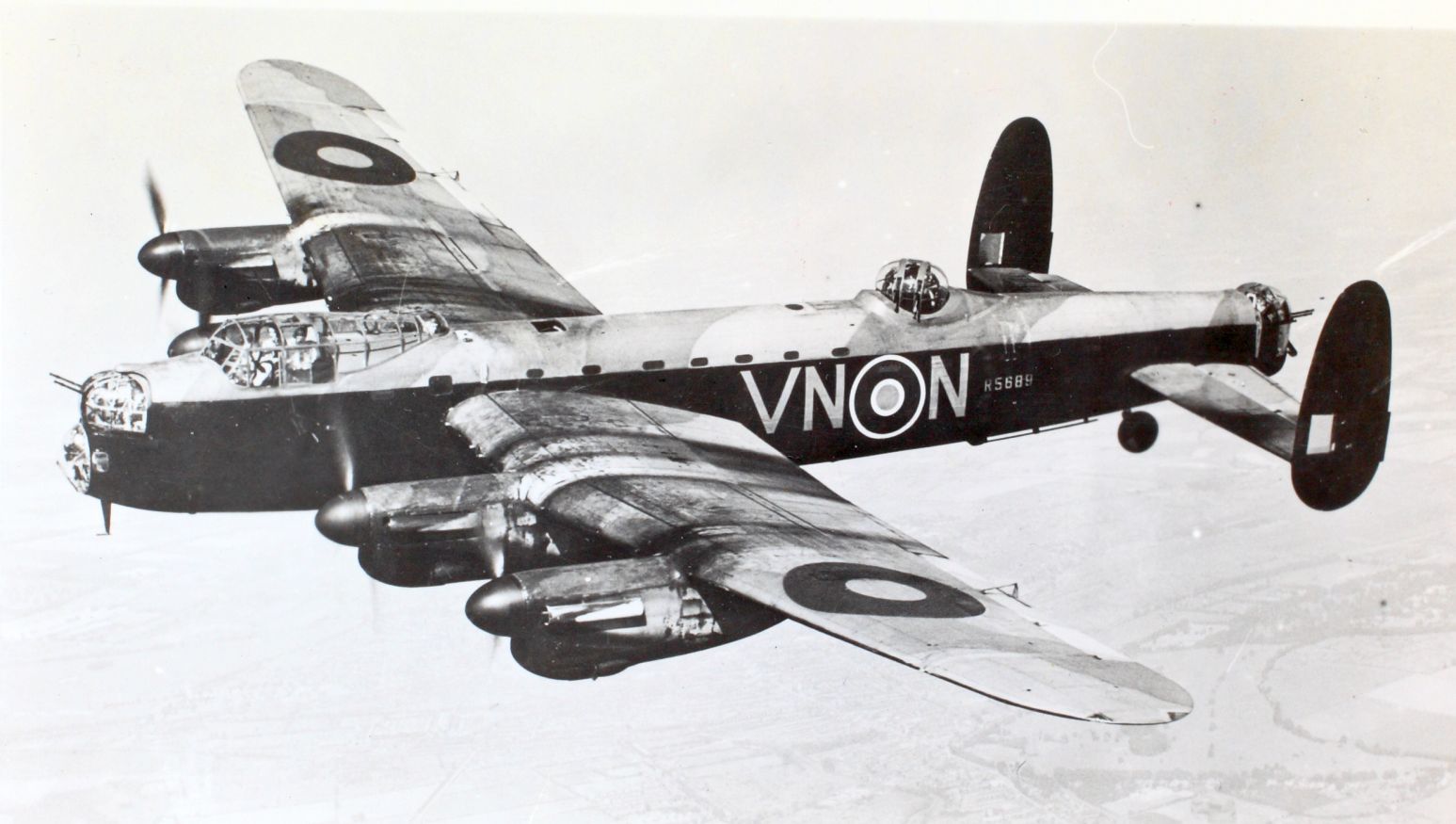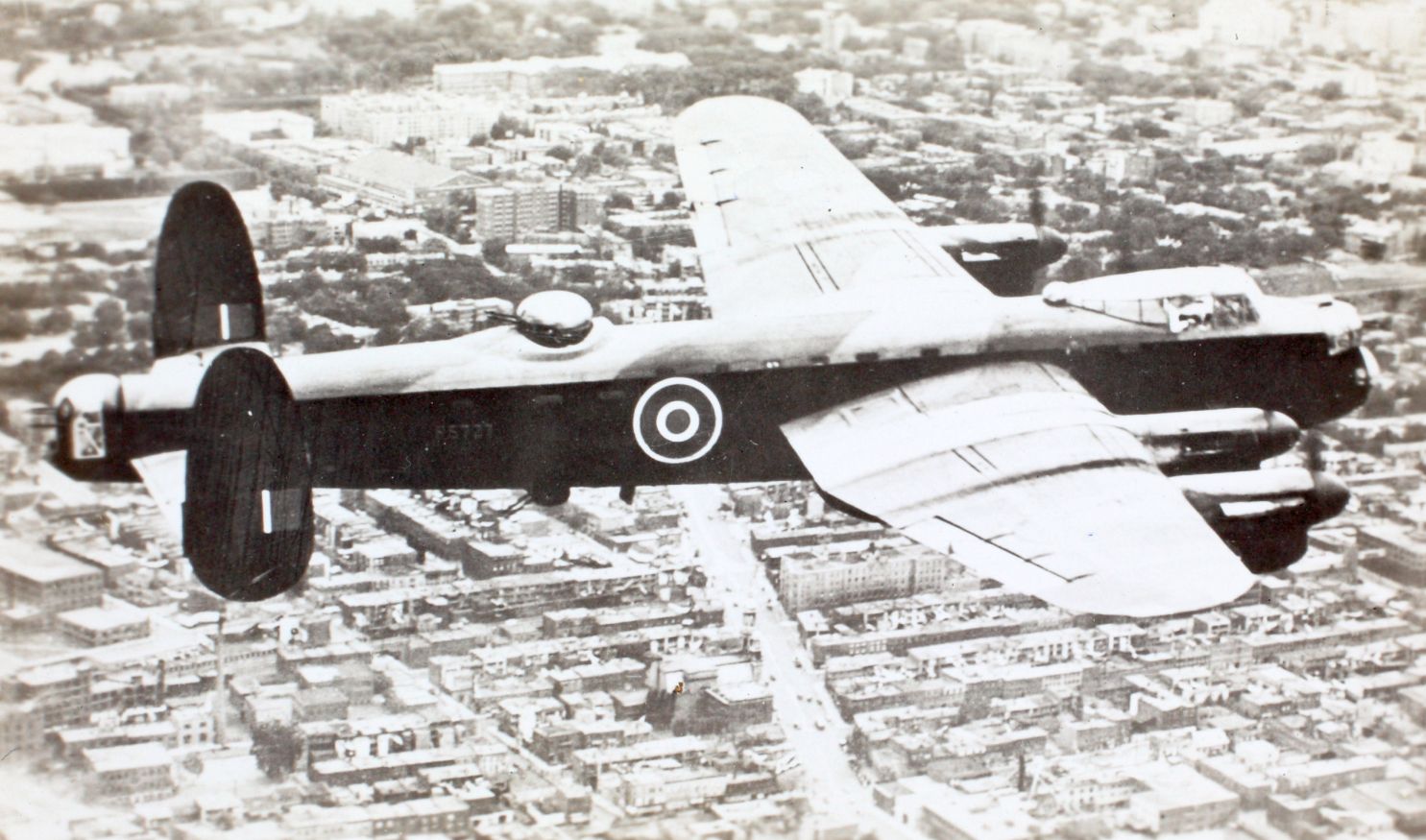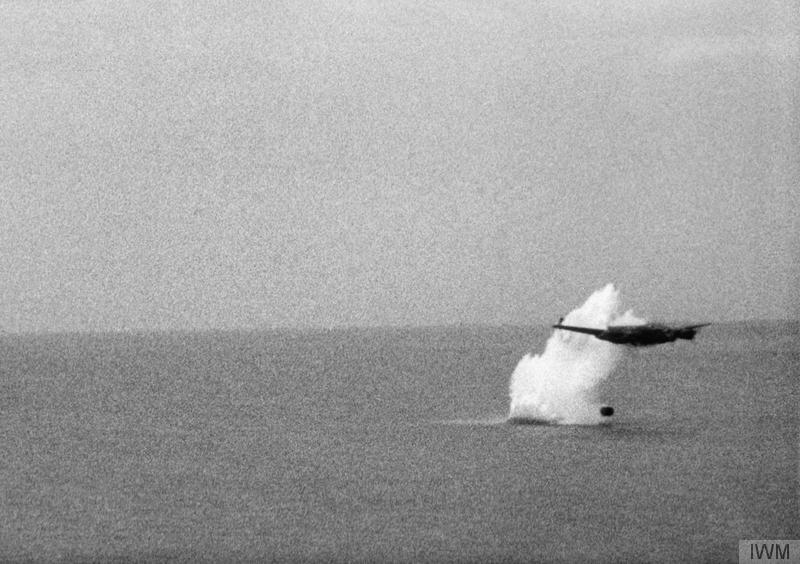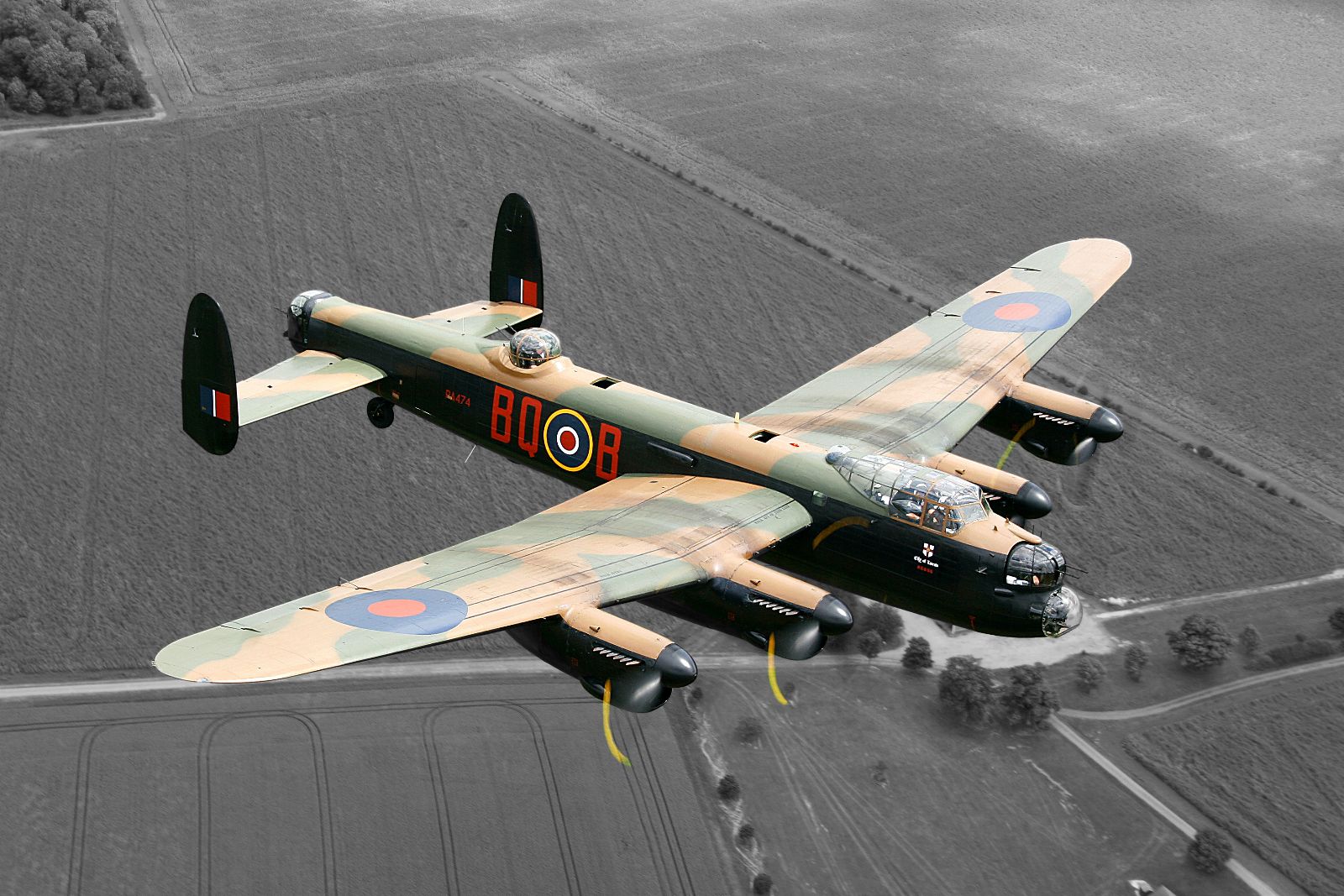A Rube Goldberg Aiming System That Worked Like a Charm
Some unique adaptations were made to determine the altitude of the bomber during the approach and the release point. Two spotlights were mounted under the bombers. At the correct altitude the two beams of light would converge. The release point was determined using a mechanical device designed to line up at the correct distance with the features of the dams under attack. Simpler is usually better, and in the case of Operation Chastise, 617 Squadron needed as much “better” as they could get.
Stealth Mission to The Ruhr
The bombers took off in three formations. The first consisted of nine bombers; five bombers made up the second formation; the third formation was made up of the five remaining operational B Mark III Specials. The mission profile dictated low-altitude ingress following routes that avoided known German anti-aircraft emplacements.
What Can Go Wrong…
Attrition started to affect the mission early. One bomber made contact with the sea but recovered after losing its weapon. A bomber was lost to flak and two flew into high-tension electrical wires. The remaining bombers made their way to the targets and executed their attacks. The dambusters first breached the Mohne dam, then the Edersee dam, and finally damaged the Sorpe dam. Each attack was made using multiple runs at the target to ensure accurate delivery of the bombs. The Sorpe dam was a larger earthen dam and as such was unlikely to be completely breached.
A Legendary Name is Born
Two more Lancasters were lost, both to German flak, while returning from the raid. The raid had been costly. Eight of the 19 bombers were lost. But even though 617 Squadron would go on to drop other notable bombs like the “Tallboy” and “Grand Slam” bombs on other German targets, including some of them on the previously impregnable U-Boat pens in France and the German battleship Tirpitz, from then on they would forever be known as The Dambusters.
Inevitable Controversy
The results of Operation Chastise were controversial. At least 1,600 people were killed. Nearly a thousand of the casualties were Soviet forced laborers and other foreign prisoners. Wallis believed the raid had greater effect than it probably did. The effect on food production was certainly significant. Hundreds of square miles of arable farmland were wiped off the earth and left infertile for a decade. Large numbers of livestock were also killed by the floodwaters.
Lasting Effects
The Germans restored water output and electrical power to the region within 90 days, although production in the area did not recover for five months. Albert Speer opined that the RAF missed an opportunity to attack the region during the reconstruction and recovery efforts. Wallis agreed. In the end it appeared that the raids had a more meaningful effect on British morale than German ability to make war.
Enjoy this BBC-produced documentary entitled Dambusters Declassified featuring British actor Martin Shaw.
[youtube id=”35qsu9HsYos” width=”800″ height=”454″ position=”left”]





